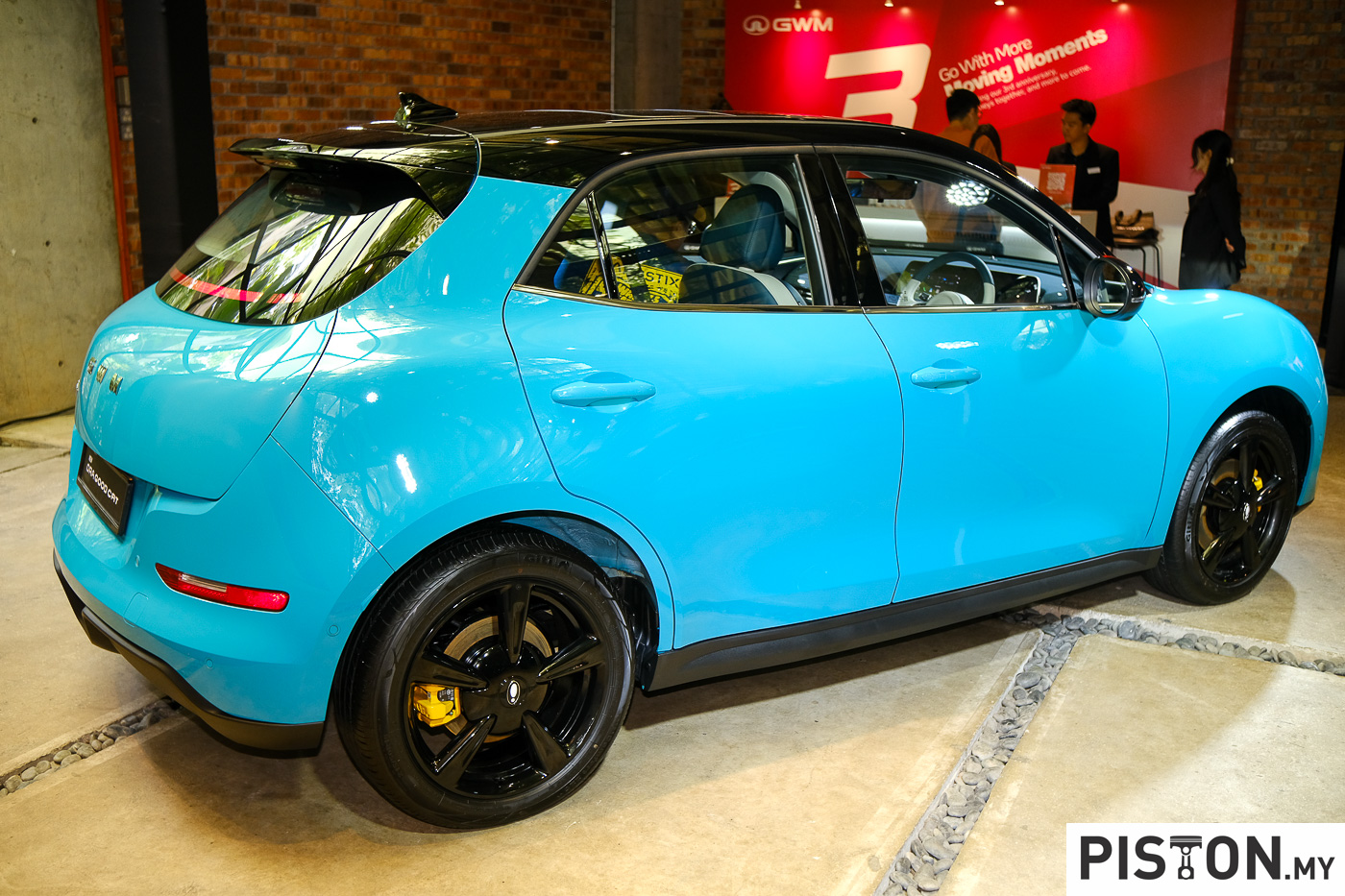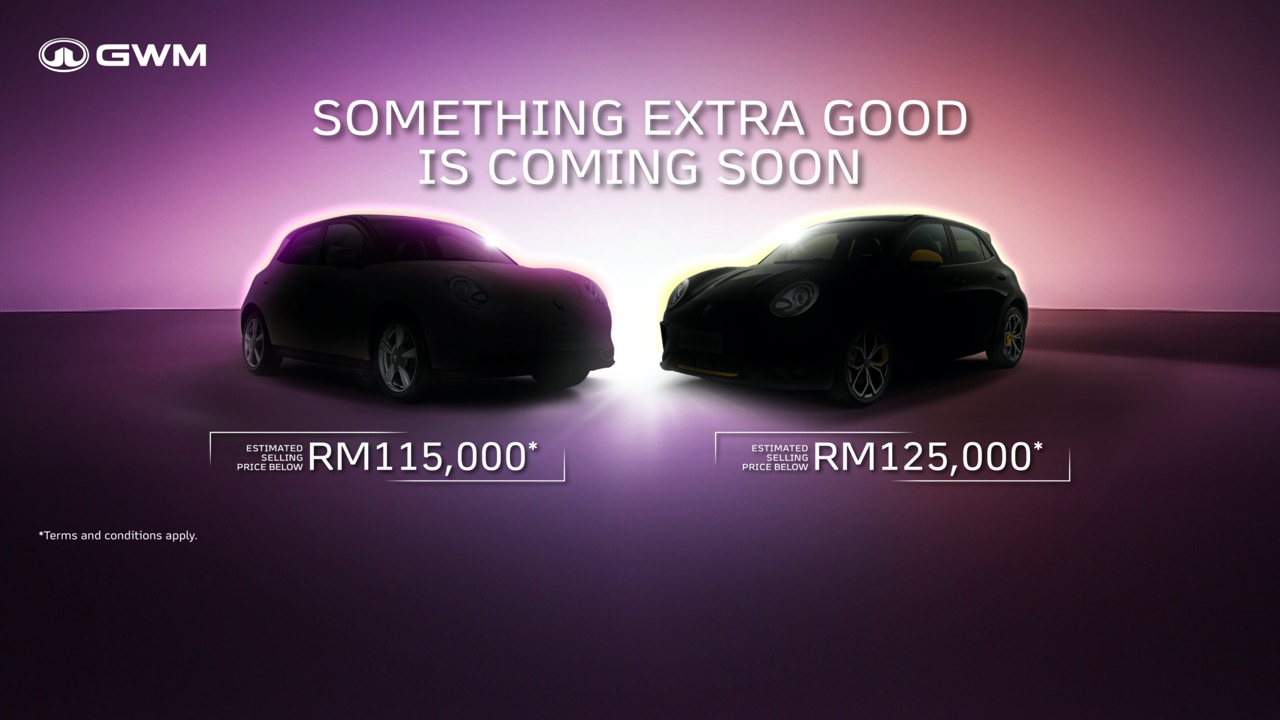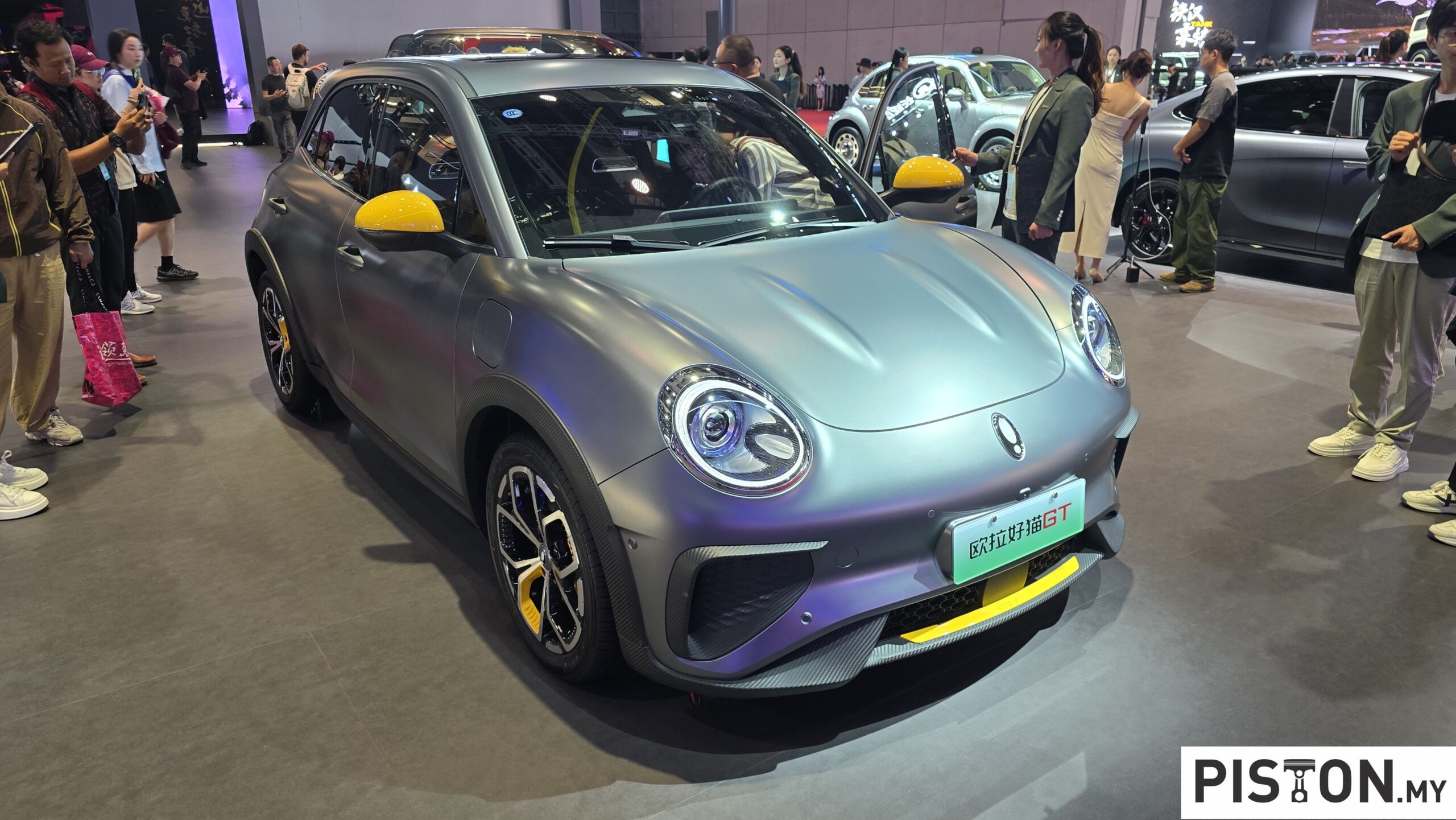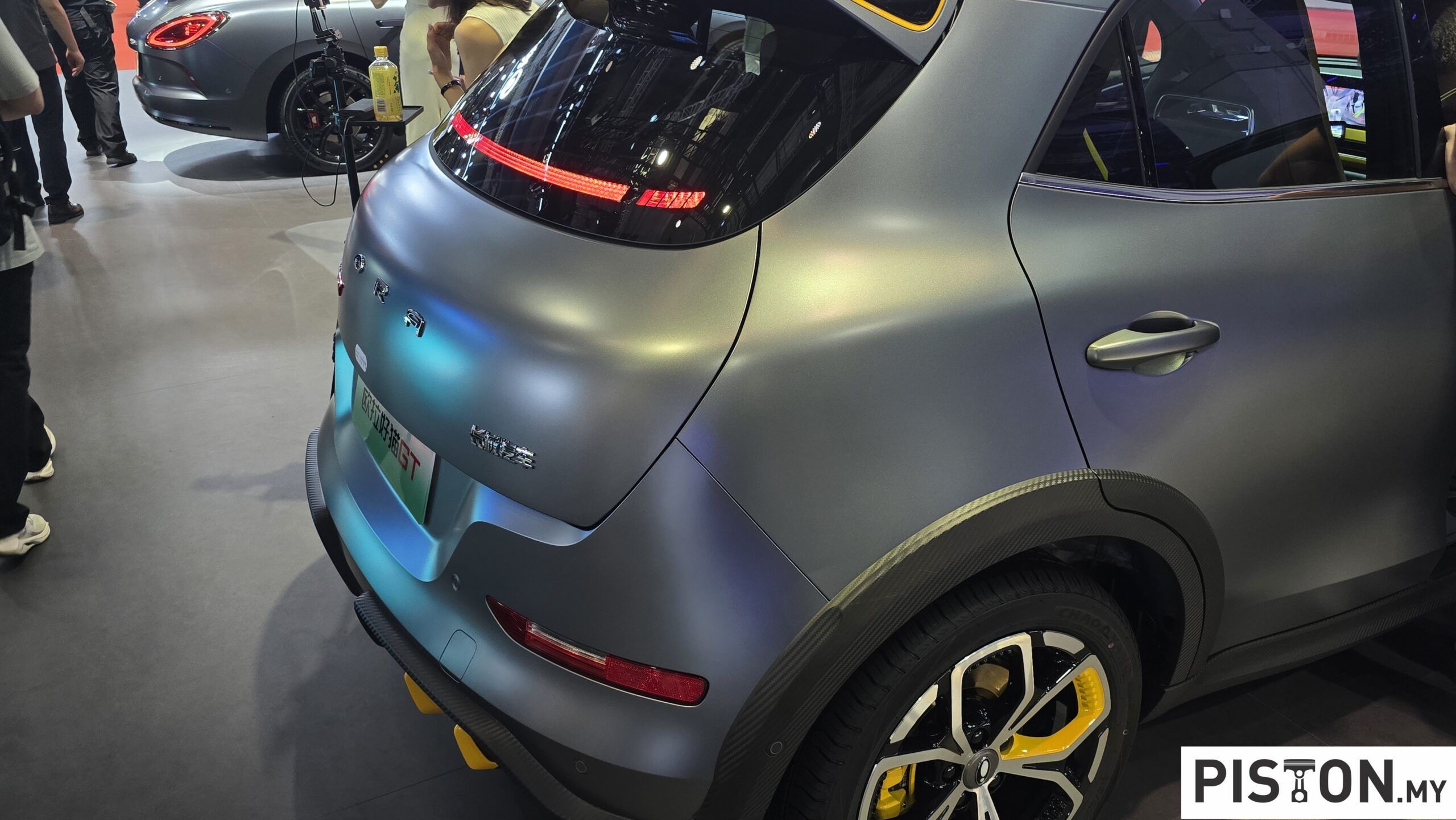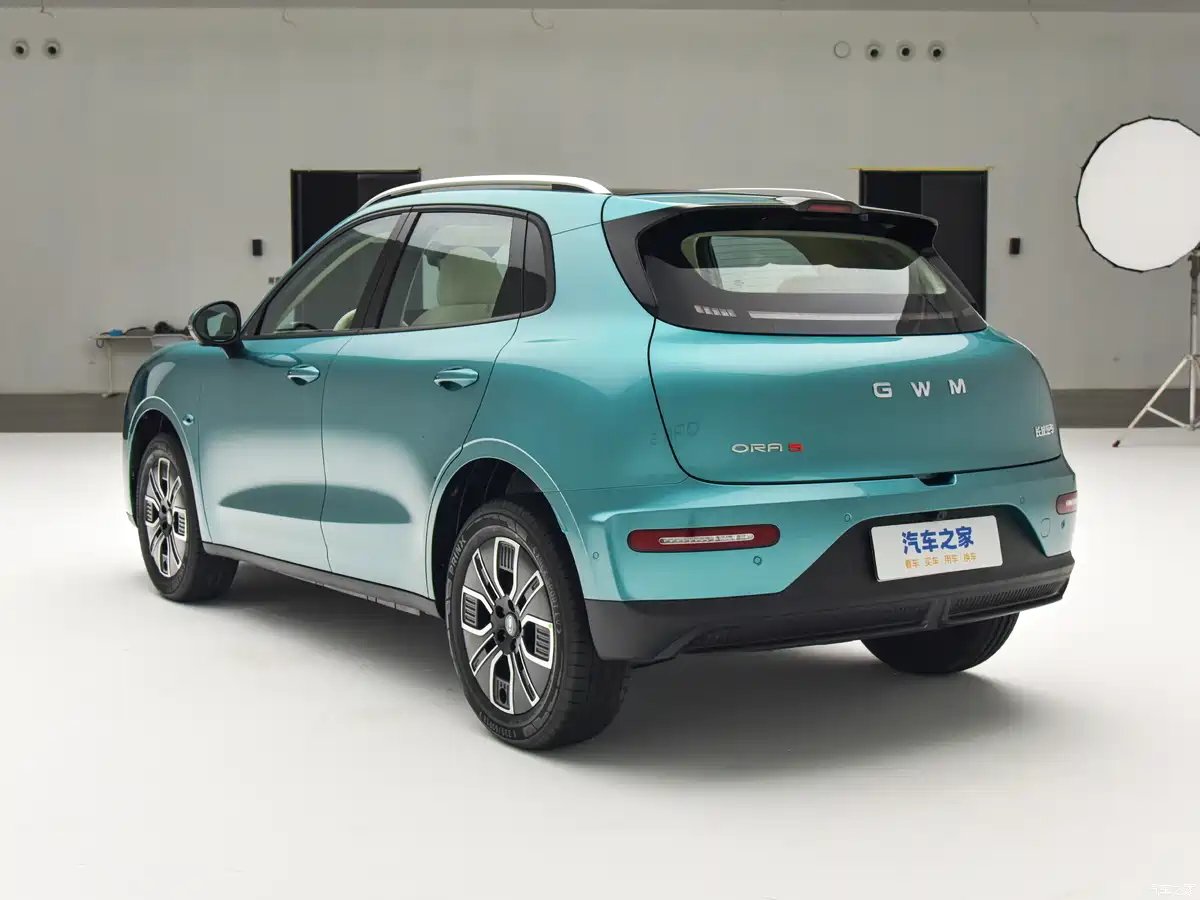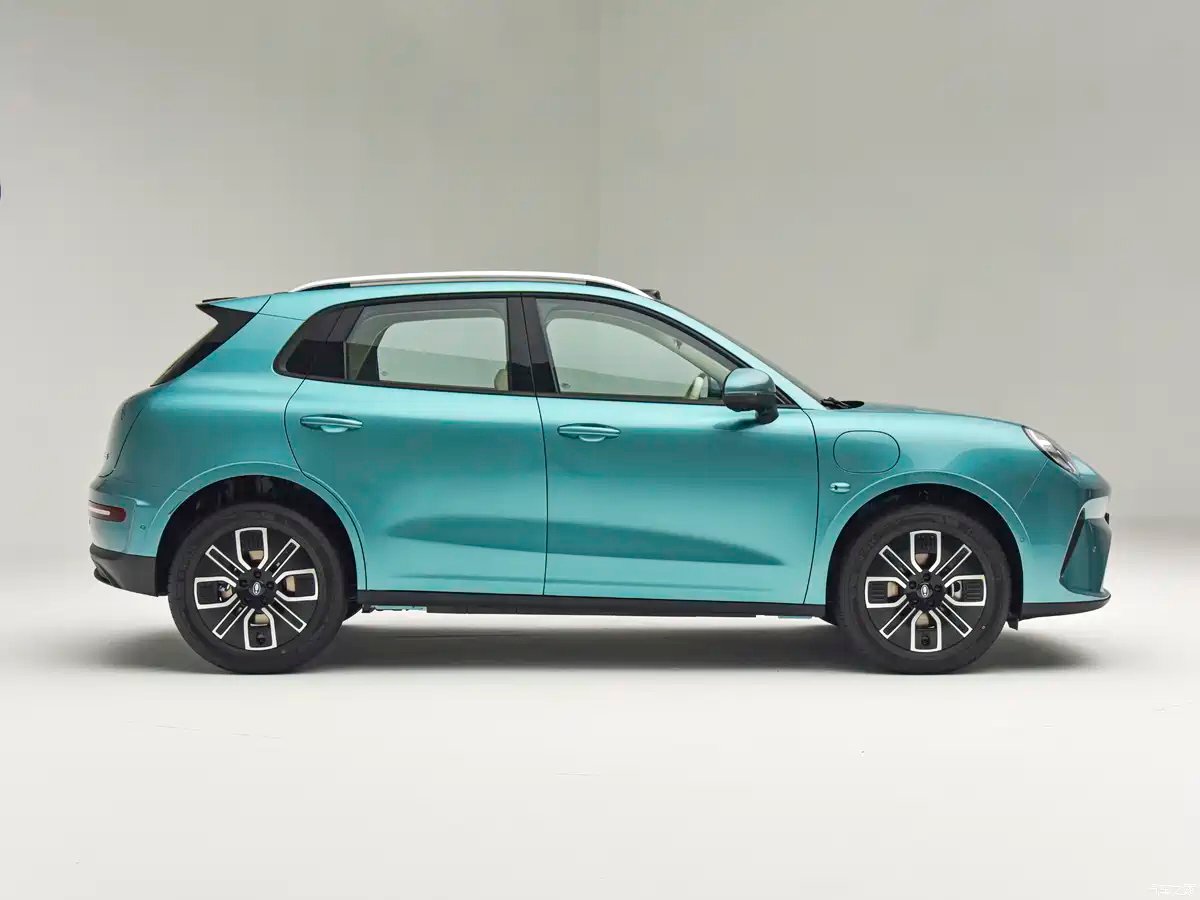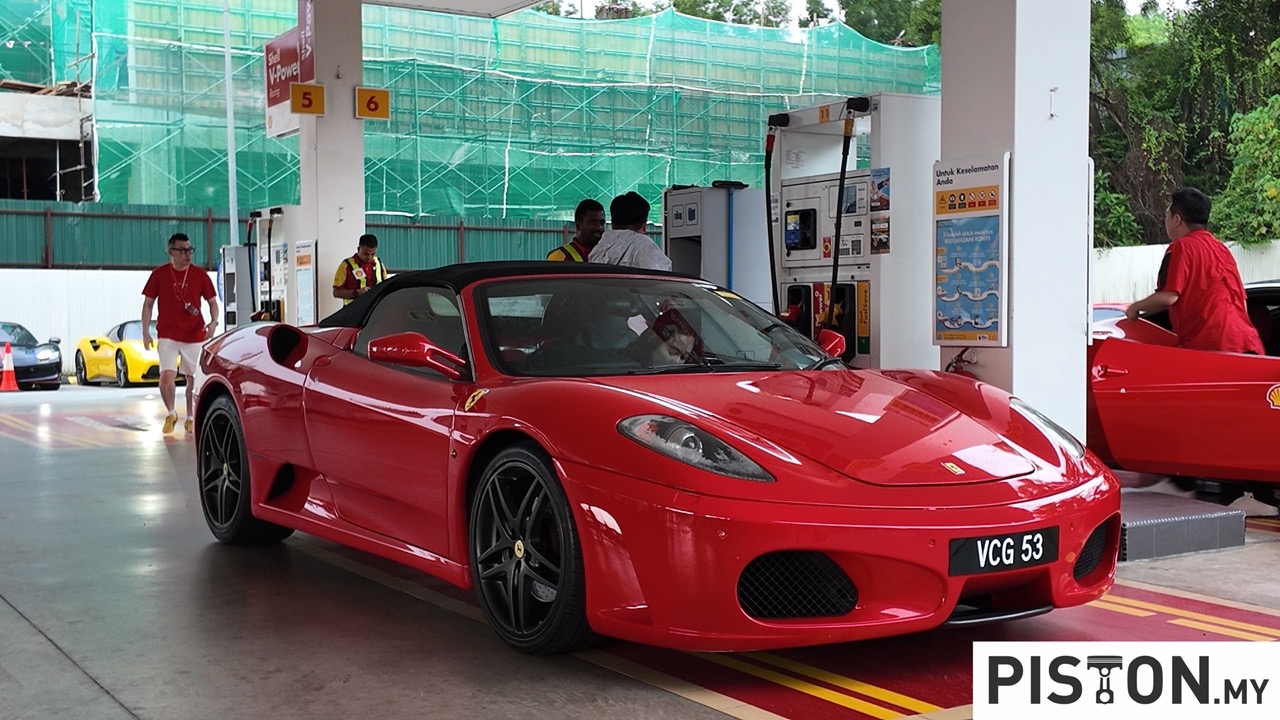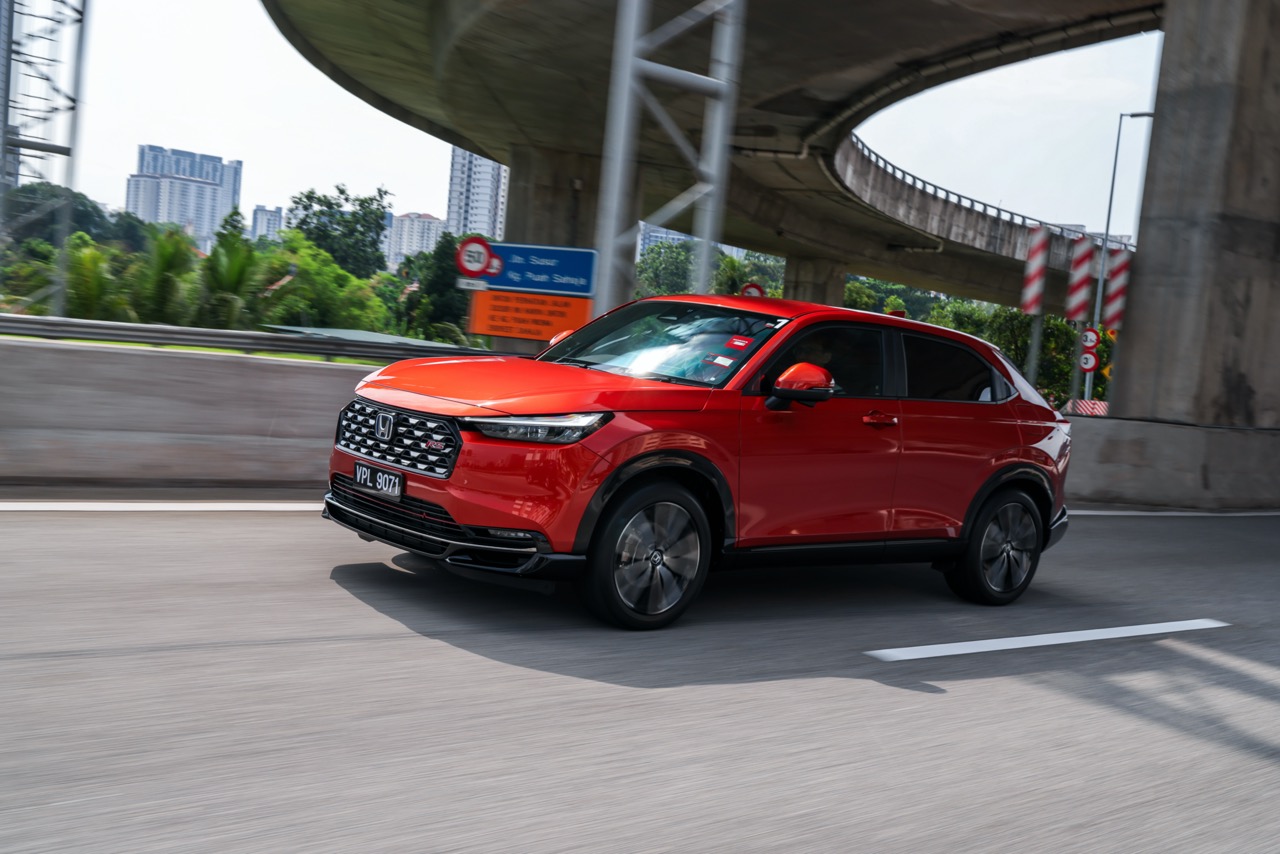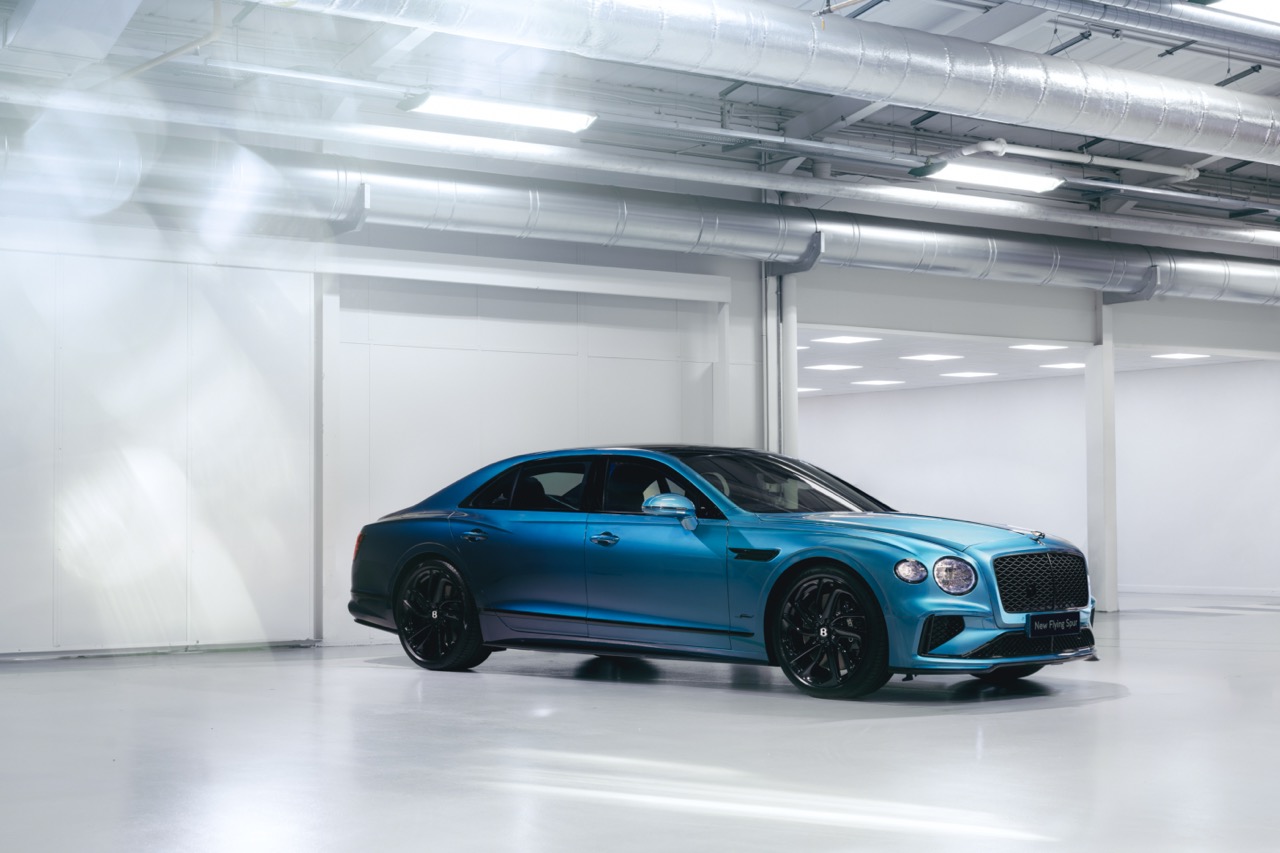GWM Malaysia telah melancarkan ORA Good Cat Ultra dan GT 2025, membawa nafas baharu kepada hatchback elektrik popular itu dengan rekaan lebih segar, warna baharu, serta peningkatan keseluruhan bagi menarik minat peminat kenderaan elektrik (EV) tempatan.
Antara pembaharuan utama ialah pengenalan warna baharu So Blue dengan bumbung hitam, yang memberikan penampilan lebih bergaya dan muda. Pilihan warna lain termasuk Hazel Wood Beige dengan bumbung coklat, Pistachio Green, Aqua Grey, dan Sun Black — dua warna terakhir ditawarkan eksklusif untuk varian GT.
Kedua-dua model masih dikuasakan oleh bateri LFP berkapasiti 57.7 kWh. Varian Good Cat Ultra menjana 143 PS dan 210 Nm tork, dengan jarak pemanduan sehingga 480 km (NEDC). Sementara itu, Good Cat GT yang lebih sporty menghasilkan 171 PS dan 250 Nm, dengan jarak pemanduan sekitar 460 km, hasil talaan prestasi yang lebih agresif.
Proses pengecasan juga pantas — kedua-dua model menyokong pengecasan pantas DC 60 kW, yang boleh mengecas daripada 30% ke 80% dalam kira-kira 38 minit, serta pengecasan AC 6.6 kW untuk kegunaan di rumah.


